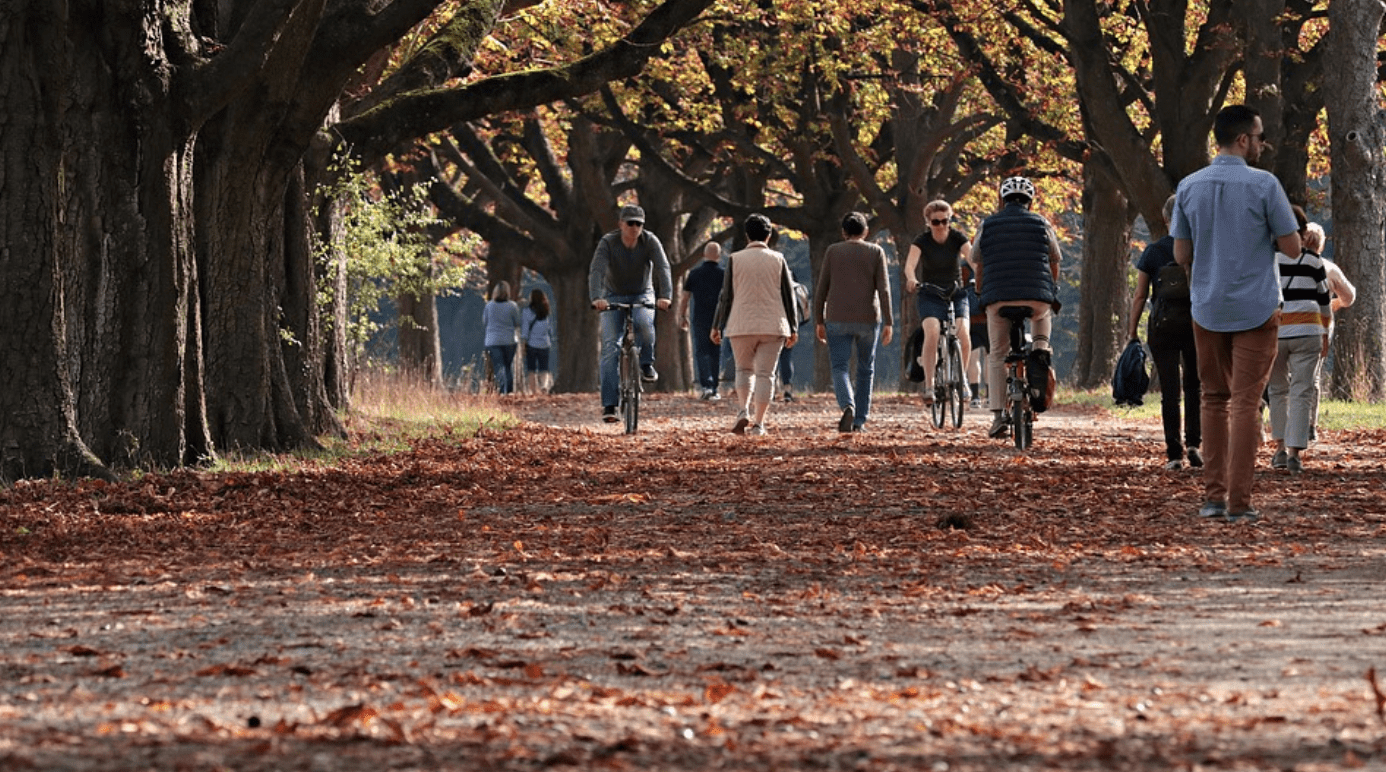Dozens of residents in Sonoma County are suing SMART over claims the rail authority built illegal bike and pedestrian paths through their private properties without permission.
Nearly 50 plaintiffs in Sonoma County recently filed a federal lawsuit against SMART, a rail authority, over allegations that it “illegally built its bicycle and pedestrian path through their properties without their permission.” The suit was filed in the U.S. District Court of Northern California and claims “the transit agency lacked the authority in its easements to build the path along the railroad right of way through their properties.”

succo via Pixabay, www.pixabay.com
When commenting on the case, one of the attorneys, Tom Stewart, said “SMART’s easement is only allowed for railroad purposes and not for a path.” When the company built the path, it illegally took the “property from the residents without compensation.” Steward noted that, because of that, the company is violating the Fifth Amendment rights of the residents. He added, “We’re not either for or against hiking or biking trails…We are for SMART doing it properly.”
Not everyone is against the bike and pedestrian path plans, though. In fact, Warren Wells, the Marin County Bicycle Coalition policy and planning director said his organizations “hopes and believes that the lawsuit will be resolved in favor of SMART, allowing it to carry out the vision promised in 2008 to voters in Marin and Sonoma Counties, that of a continuous pedestrian and biking pathway paralleling the rail line from Larkspur to Cloverdale.”
Stewart pushed back, however, and said SMART had a chance to build a path through “a process laid out under the National Trails System Act of 1983, but chose not to follow it.” Under the law, unused rail corridors can be ‘railbanked,’ which “preserves the rail corridor should it be needed in the future, but does allow for interim uses such as trails when it is not being used.” At the moment, the state is planning to “railbank part of the Northwestern Pacific Railroad in parts of the North Coast for its planned Great Redwood Trail, which is envisioned to run from Novato to Eureka.”
According to the lawsuit, SMART’s “existing easements on the Sonoma properties do not allow for both a rail and a path…To be compliant with the law, SMART will have to choose between a path or an operating rail line, but cannot have both.”
Lyons noted that there may be a possibility the National Trails System Act could be “applicable to their path, though SMART’s enabling legislation that was passed by the Legislature in 2002 via Assembly Bill 2224 states that “SMART is supposed to provide rail transit works and facilities, which include an ancillary bike path.” Lyons said, “It’s not exactly our position that this is a hiking and trail pathway, but more of a railroad purpose.”
It’s important to note that the lawsuit could end up going after the federal government as well. Stewart said:
“If a judge rules against SMART and the rail line decides to follow the national trails legislation, any damages would be limited to a temporary taking, which would be based on how long the path had been on the properties…In that case, the lawsuit would then convert to a suit against the federal government for Fifth Amendment violations.”
Stewart added:
“If SMART does not comply with the National Trails System Act, it could face damages for the permanent taking of private property, which would equal the value of the property…There is not a specific dollar figure in there…We don’t know if it’s going to be a temporary taking or a permanent taking.”


Join the conversation!